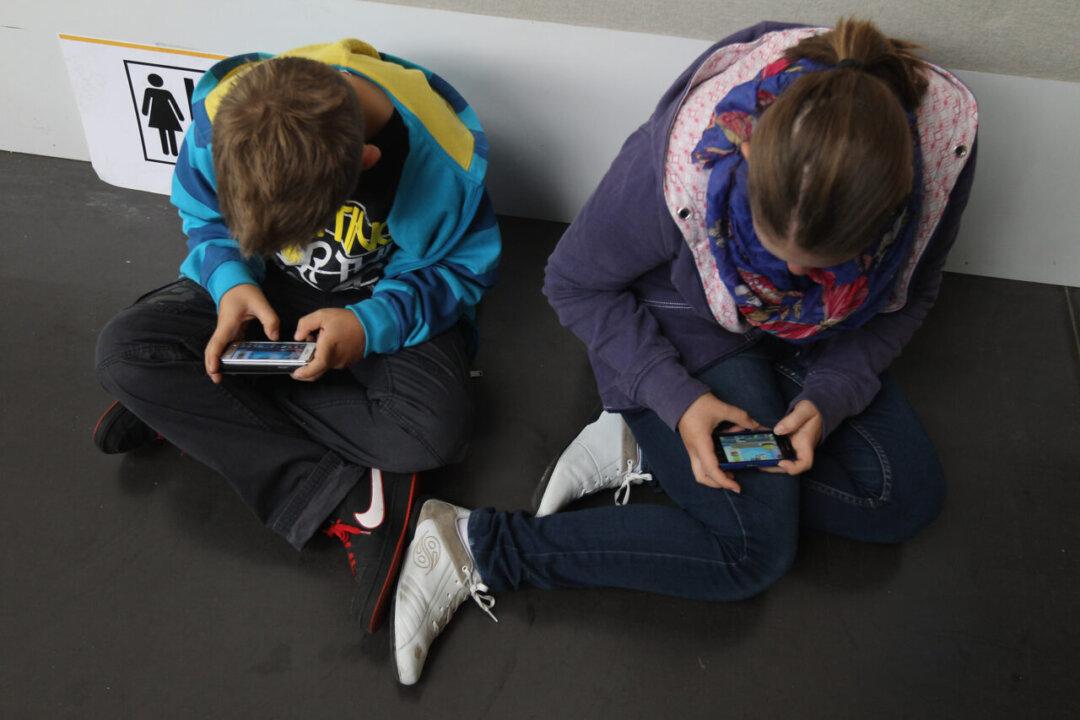The Labor Party is pledging $2.5 million (US$1.79 million) towards further research into understanding the impacts of screen and gaming addiction in Australian children.
“For (wife) Anna and I, one of the biggest challenges in raising our children is getting them off devices—and I know we’re not alone,” said New South Wales’ (NSW) opposition leader Chris Minns.





